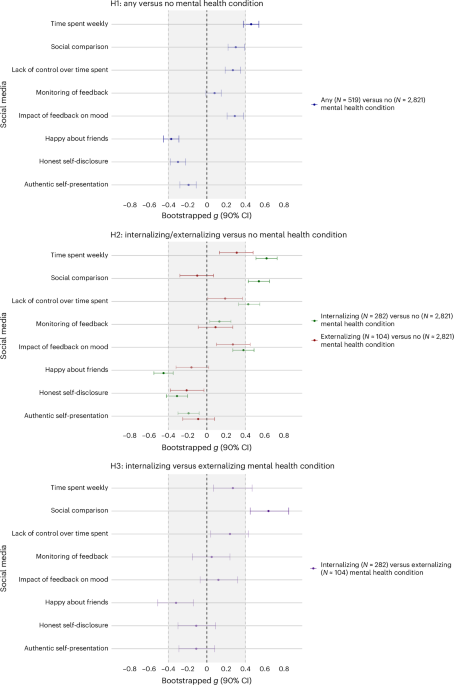Adolescent Mental Health: Navigating the Digital Age
Every evening, Judith Stokes, a high school junior in suburban Michigan, embarks on a ritual that has become all too familiar to her peers. She spends hours scrolling through social media platforms, racing against the clock to respond to countless messages and notifications, each accompanied by a rush of anxiety and anticipation. “It’s like a game,” she explains. “The more likes and comments I get, the better I feel. But there’s also this fear of being alone if I don’t interact.” For many adolescents like Judith, the digital world offers a double-edged sword, providing connection while simultaneously exacerbating feelings of isolation and despair.
The Crisis of Adolescent Mental Health
Recent studies reveal a startling trend: the mental health of adolescents is deteriorating at an alarming rate. According to the World Health Organization, approximately 1 in 7 adolescents worldwide experience a mental disorder, a statistic that is only expected to rise if current trends persist (WHO, 2024). Specifically, depression rates among 17- to 19-year-olds in England surged to 13% in 2022, marking a significant increase from previous years (NHS, 2022). This generation finds itself in a unique position, grappling with mental health issues amidst a digital landscape that both nurtures and challenges their emotional well-being.
Understanding Adolescent Vulnerability
What makes adolescents particularly vulnerable to mental health issues? A combination of biological, psychological, and social factors plays a critical role. As noted by researchers Paus, Keshavan, and Giedd, adolescence is a pivotal period for brain development, during which increased emotional regulation challenges can emerge, leading to susceptibility to psychiatric disorders (Paus et al., 2008). Experts emphasize that hormonal changes, coupled with burgeoning social networks, can create a perfect storm for mental health deterioration.
The Role of Social Media
Social media has transformed how adolescents interact with one another, often amplifying both positive and negative emotions. A meta-analysis by Valkenburg et al. indicates that while social media can foster a sense of belonging, it can just as easily lead to feelings of inadequacy and depression (Valkenburg et al., 2022). Judith’s experience mirrors these findings, as she navigates the highs of social validation and the lows of social comparison.
Notably, a 2021 study conducted by the Pew Research Center revealed that about 40% of teens feel pressure to post content that receives a lot of likes, creating a cycle of stress and expectation. It’s not just about connection; it’s about visibility in a crowded digital world.
Key Insights from Recent Research
- Adolescents who spend more than three hours per day on social media are at a higher risk of mental health problems.
- Teenagers are more susceptible to social comparison, leading to significant effects on self-esteem and body image.
- Peer interactions via social media can impact mood in real-time, with emotional responses often heightened during critical engagement moments.
A study by Orben and Przybylski highlights a nuanced relationship between digital technology use and adolescent well-being, revealing that effects vary significantly depending on context and individual personality traits (Orben & Przybylski, 2019). “Two teens can have the same amount of screen time, yet experience entirely different emotional outcomes,” asserts Dr. Alice Jensen, a clinical psychologist specializing in adolescent development. “Cultural factors, personal resilience, and the types of interactions matter immensely.”
Policy and Parental Guidance: The Next Steps
Efforts to address this growing issue are gaining momentum globally. Schools are integrating mental health curricula that emphasize emotional intelligence, resilience training, and digital citizenship. Additionally, initiatives like “Wait Until 8th” empower parents to delay smartphone access for their children, combating early exposure to social media pressures (Wait Until 8th, 2024). “Guidance from parents is pivotal during this critical stage,” says Dr. Michael Sampson, a counselor working with adolescents. “Creating space for open conversations about mental health can reduce stigma and promote healthier screen habits.”
As Judith navigates her digital landscape, she reflects on her relationship with social media. “I want to connect with friends, but I also know I need to take breaks,” she admits. “Sometimes, I just wish I could mute the noise for a while.” Her words resonate as a reminder that technological advancement, while beneficial, necessitates careful management, especially concerning the delicate fabric of adolescent mental health.
Source: www.nature.com


